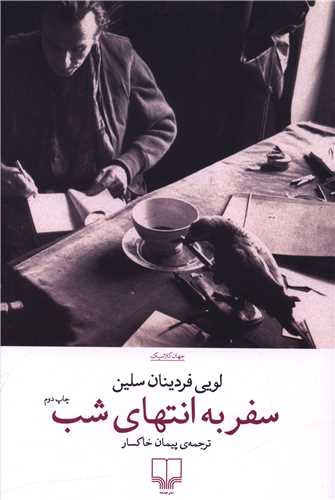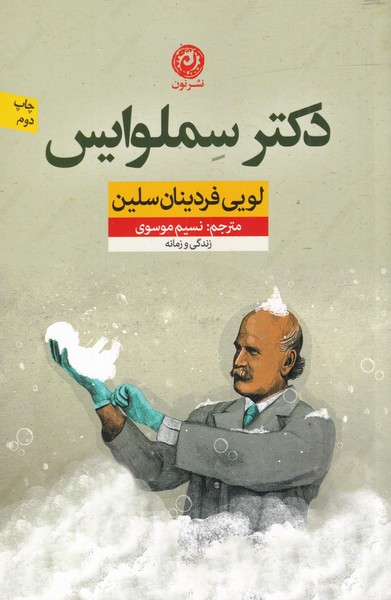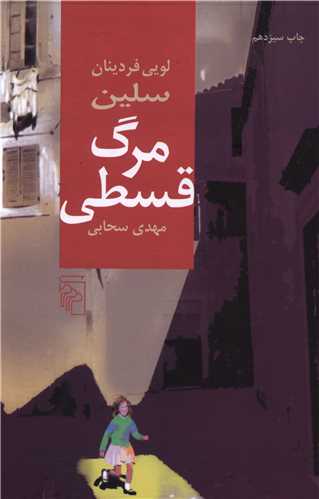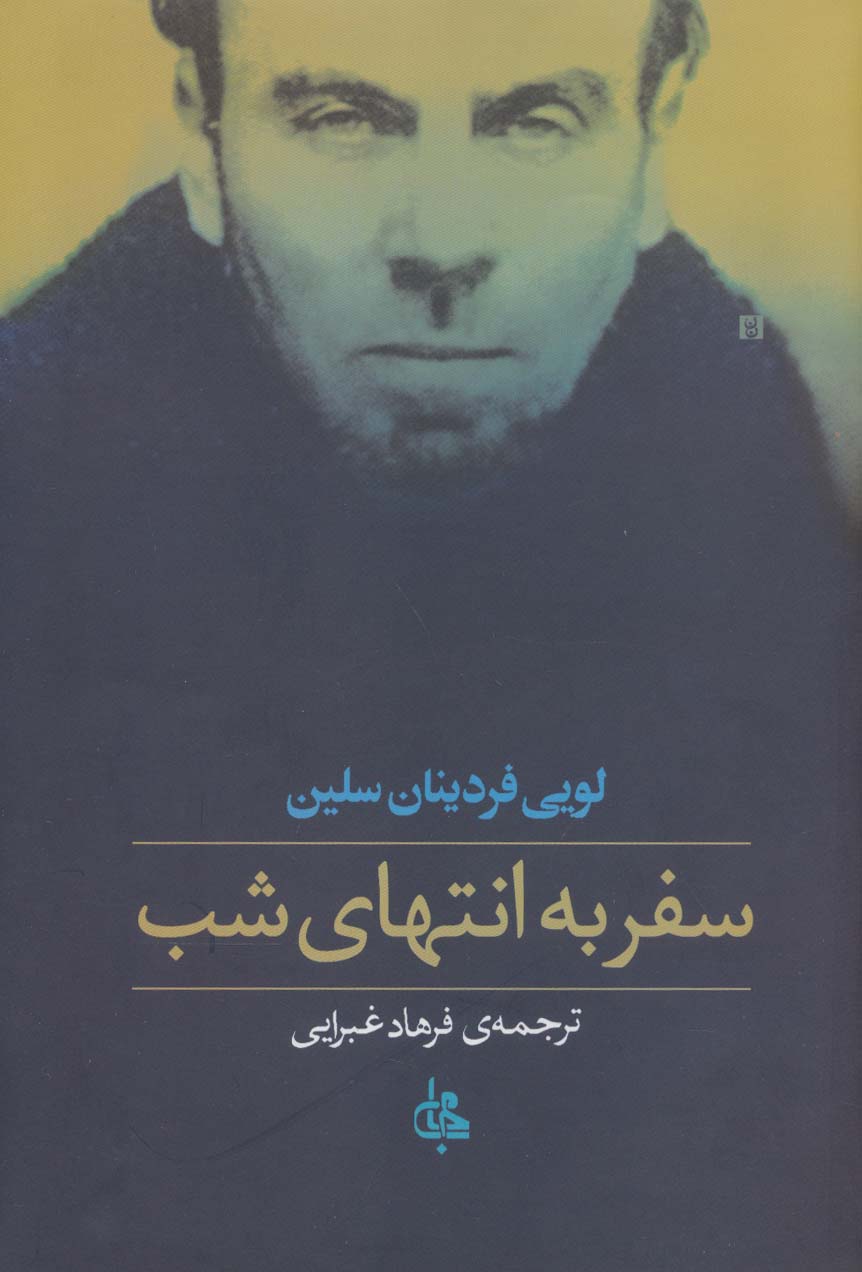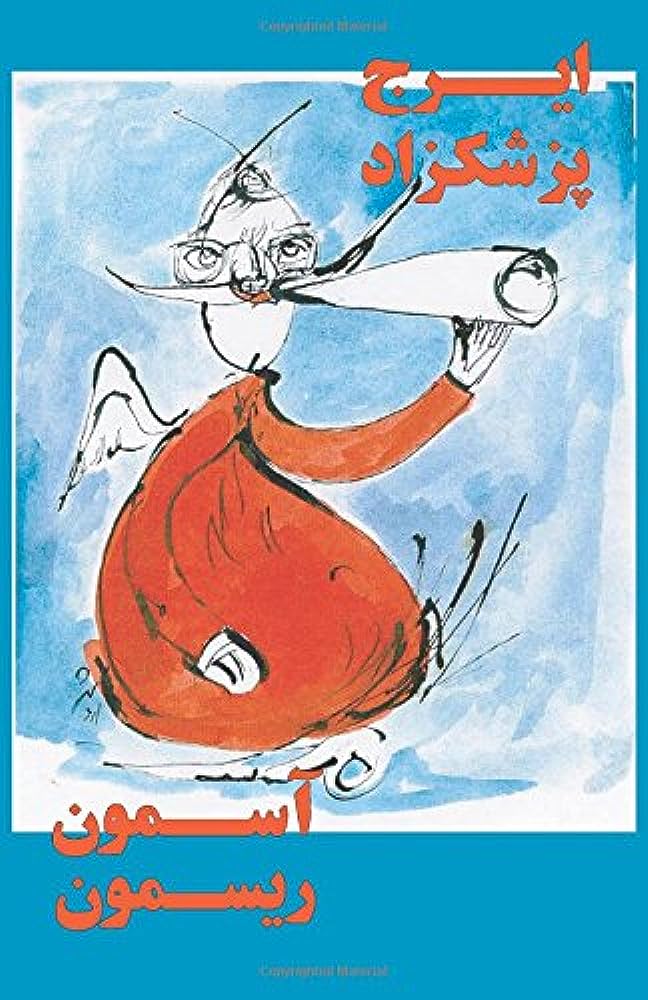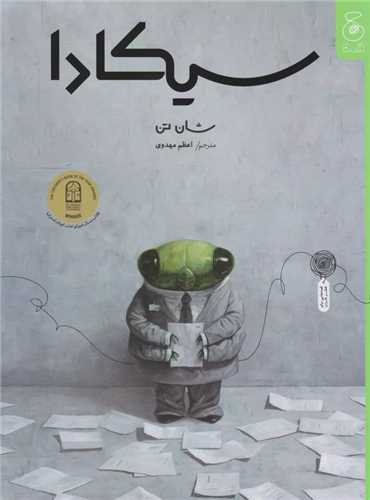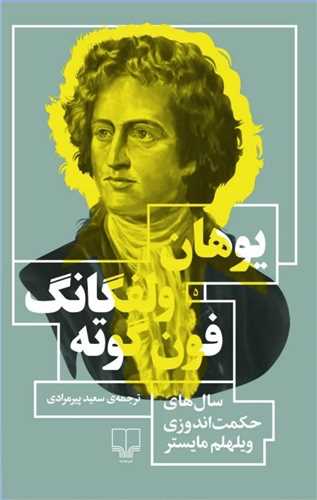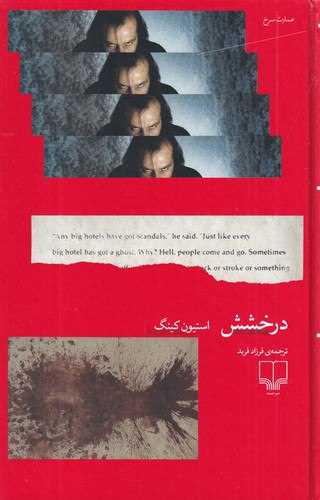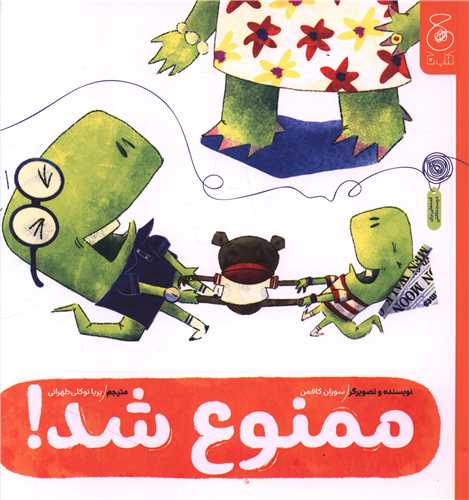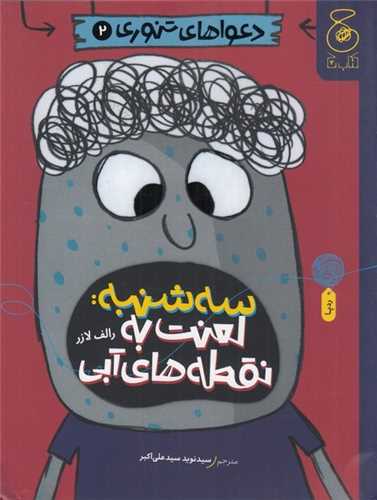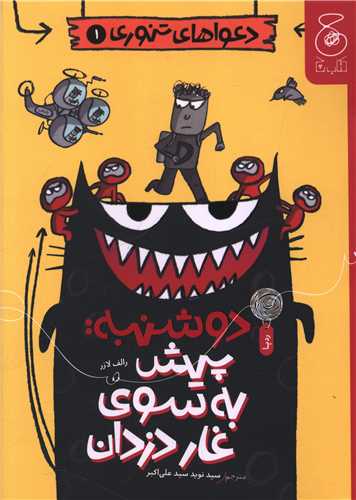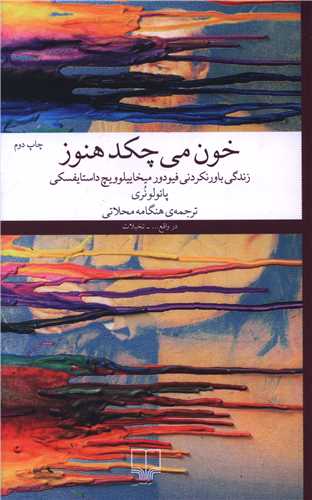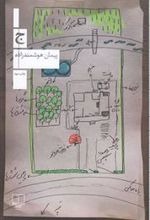Safar bah Intihā-yi Shab Persiska (Farsi) 1403
سفر به انتهای شب
Louis-Ferdinand Celine's revulsion and anger at what he considered the idiocy and hypocrisy of society explodes from nearly every page of this novel. Filled with slang and obscenities and written in raw, colloquial language, Journey to the End of the Night is a literary symphony of violence, cruelty, and obscene nihilism. This book shocked most critics when it was first published in France in 1932, but quickly became a success with the reading public in Europe, and later in America where it was first published by New Directions in 1952. The story of the improbable yet convincingly described travels of the petit-bourgeois (and largely autobiographical) antihero, Bardamu, from the trenches of World War I to the African jungle, to New York and Detroit, and finally to life as a failed doctor in Paris, takes the readers by the scruff and hurtles them toward the novel's inevitable, sad conclusion.
سلین مبتکری بزرگ در زبان ادبی فرانسه بود. در دو رمان اولش، سفر و مرگ قسطی، با استفاده از زبانی منحصربهفرد مبتنی بر گویش طبقهی فرودست (آرگو)، اصطلاحات پزشکی و ملوانی، نوواژهها، فحاشی و زبان عامیانهی سربازها و خلافکارها منتقدان را غافلگیر کرد. همچنین با استفادهی نامتعارفش از سهنقطه (…) و علامت تعجب (!) نقطهگذاری خاص خودش را ابداع کرد. مرلین توماس، منتقد ادبی، دربارهی نقطهگذاری سلین نوشته: «کمابیش مشابه نقطهگذاری مزامیر است، متن را به واحدهای آهنگین تقسیم میکند نه واحدهای نحوی، اجازهی تغییر ریتم میدهد و شاعرانگی هذیانوار سبکش را ممکن میکند.» سلین سبک ریتمیک و سکتهدارش را «موسیقی کوچکم» میخواند. پاتریک مککارتی، زندگینامهنویس سلین، نوشته: «خشم سلین او را فراتر از زبان برده… برای بیان حرفهایش به زبانی شخصی رسیده که آمیزهای از شعر و موسیقی است.»

